Dmitry Rybolovlev thought he’d overpaid when he paid the Swiss art dealer Yves Bouvier $127.5 million for Leonardo da Vinci’s Salvator Mundiin 2013, once he learned Bouvier had paid between $75 and $80 million for it. But after Salvator Mundi’s sale in November at Christie’s for $450.3 million, it was hard to argue.
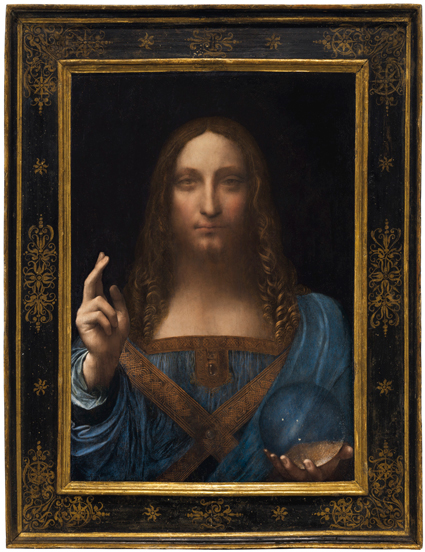
These days, Google searches for “investing in art” hit a 12-month peak just after the record breaking sale, suggesting that a new wave of investors may be circling the art market, which is already stacked with consultants, data providers, wealth managers, and lawyers who advise clients on how to approach fine art as an asset class.
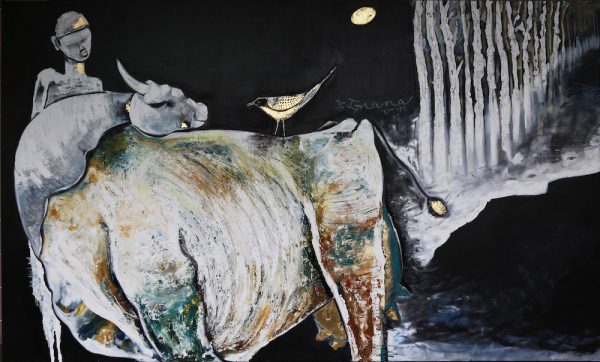
Talk of art as an asset class is not quite new. One early art investor was the British Rail Pension Fund, which decided to invest approximately $70 million (about 3 percent of its holding) into fine art and collectibles between 1974 and 1981, in an attempt to diversify its portfolio and hedge against inflation. Due to careful buying and smart timing in its purchases and sales, it generated solid returns. But today’s casual art buyers may not fully appreciate the profound differences in how the art market functions compared with the market for stocks and bonds.
Trading on non-public information is an important driver of returns
Stock and bond prices adjust constantly to reflect new information. An unexpected increase in quarterly earnings may cause a company’s stock price to jump, while a lower-than-expected monthly jobs report may cause government bond yields to fall. Because information is so valuable, securities law makes it a crime to trade on material, nonpublic information. Publicly traded companies are also required to disclose relevant information to all investors at the same time, to avoid giving a select few an advantage.
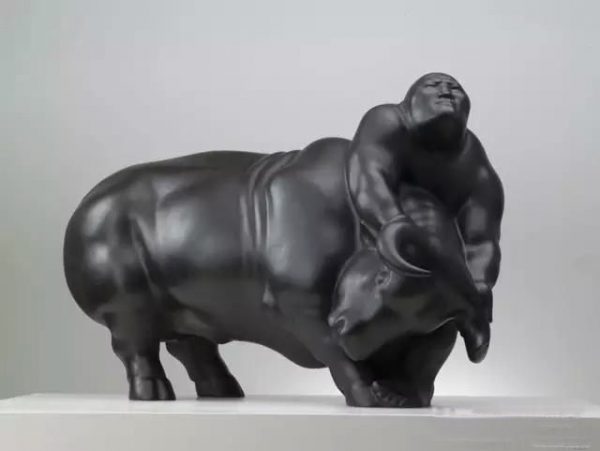
These rules do not apply to the art market comprised of private art galleries, individual collectors, and artists. In fact, it’s rather the opposite: Knowledgeable insiders may trade their information to others in the hope of making a sale. What if a dealer knew that a major museum was planning to stage a mid-career retrospective for a little-known artist in two years? She could offer that information, alongside a few paintings, to a prospective collector.
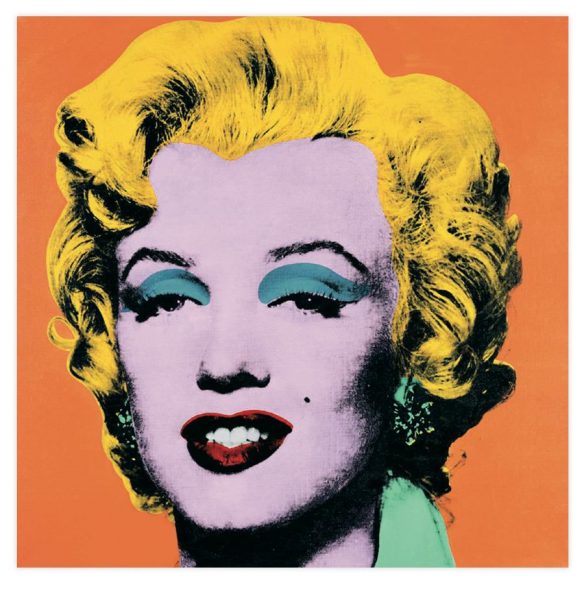
If an auction house specialist knew that hard-to-detect forgeries were starting to plague a certain well-known artist’s market, he could alert loyal clients. Those in possession of market-moving information are free to use it for personal gain in the art industry. Being an art market insider with access to important tips and whispers has always been, and will likely continue to be, an important determinant of returns. Those without this privileged access may be at a disadvantage.
Market Movement
In the high-end art market, individual pieces can easily sell at auction for millions of dollars. According to Artprice, a leading online resource for art market information, the average auction price for a piece of contemporary art was $27,600 in 2017. If that’s not realistic for your investment budget, you may need to consider lower-cost alternatives, such as purchasing art from local galleries or studios, investing in student art or purchasing pieces from art fairs. These avenues offer access to up-and-coming artists as well as established artists at prices that may be more appropriate for a beginning art investor’s budget.
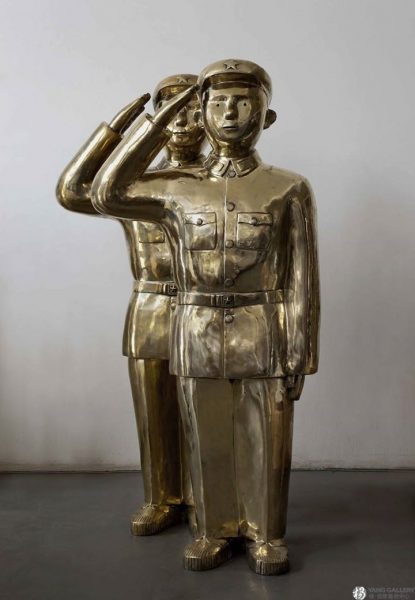
From a return perspective, art is like any other investment and there’s a certain degree of risk involved. According to Deloitte, the biggest risks to the global art market are political and economic uncertainty. Instability in these areas can affect artwork pricing and trading. But, art has a low correlation to more traditional investments such as stocks, meaning it has the potential to remain stable or increase in value if the market declines.
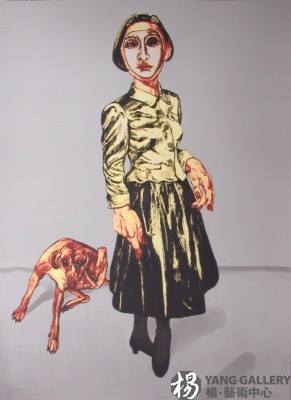
On average, art returns 7.6 percent to investors each year, according to Artprice. Historically, the Standard & Poor’s 500 index delivers an average annual return of 9.8 percent. What you have to consider is how those higher returns correlate to risk. Remember that if you’re investing in individual art pieces to look beyond the purchase price. Additional costs you may need to consider include framing costs, sales tax, auction fees and storage costs. It’s also wise to invest in a professional appraisal before you buy, and of course for high-value art, you’ll need adequate insurance to protect your investment.
*extracted from artsy and various internet sources
